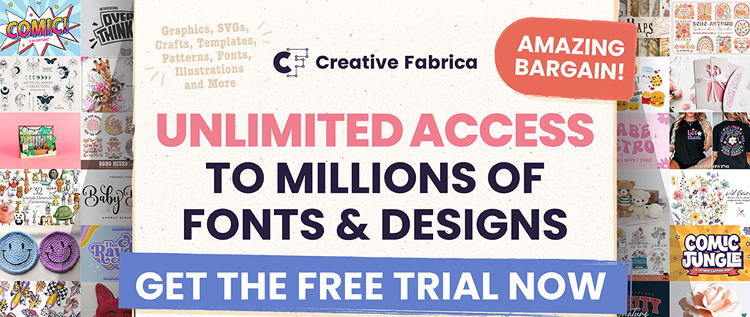5 Successful Etsy Shops SEO Analysis
Unlock the Secrets to Etsy Success: SEO Strategies, Keyword Optimization, Shop Performance, Listing Quality, Buyer Engagement, Traffic Growth, Competitor Insights, Tagging Techniques, Conversion Rates, Long-Term Growth, and Sales Boost

What sets top-performing Etsy shops apart from the rest? The answer lies in their mastery of Etsy SEO. By analyzing the strategies of successful shops, you can uncover valuable insights to apply to your own business. In this article, we’ll conduct an in-depth SEO analysis of five thriving Etsy shops, breaking down their techniques and showing you how to replicate their success.
Why Analyze Competitors?
Studying competitors isn’t about copying—they’re your inspiration. By understanding what works for others, you can refine your own strategy. From keyword selection to listing optimization, these shops have cracked the code to Etsy SEO success. Our Store Audit Service can help identify your competitive edge.
Key Takeaways from Top Shops
Successful Etsy shops often share common traits, such as:
- Keyword Mastery: They use a mix of broad and long-tail keywords to attract diverse audiences.
- High-Quality Listings: Their titles, descriptions, and photos are polished and professional.
- Engagement Focus: They prioritize customer interaction, leading to higher reviews and repeat buyers.
- Seasonal Adaptability: They update their listings to align with trends and holidays.
SEO Analysis of 5 Successful Etsy Shops
1. Shop A: Handmade Jewelry Brand
This shop ranks highly for terms like “Handmade silver necklace” and “personalized jewelry.” Key strategies include:
- Keyword Placement: Primary keywords appear in titles, tags, and descriptions.
- Professional Photos: High-resolution images showcase products from multiple angles.
- Customer Reviews: Over 1,000 positive reviews build trust and credibility.
2. Shop B: Custom Art Prints
This shop dominates searches for “custom family portrait” and “personalized art print.” Notable tactics include:
- Long-Tail Keywords: Tags like “custom pet portrait for gift” target niche buyers.
- Unique Descriptions: Each listing tells a story, making the product more appealing.
- Seasonal Promotions: Holiday-themed listings drive traffic during peak seasons.
3. Shop C: Eco-Friendly Home Goods
This shop excels in sustainability-related searches like “eco-friendly candles” and “zero-waste gifts.” Highlights include:
- Niche Focus: Their tags and descriptions emphasize eco-consciousness.
- Visual Branding: Consistent photo styles create a recognizable brand identity.
- Engagement Tactics: Personalized thank-you notes encourage repeat purchases.
4. Shop D: Handcrafted Wooden Toys
This shop ranks for terms like “wooden toy cars” and “handmade baby gifts.” Key factors include:
- Product Variety: Listings cater to different buyer needs, from gender-neutral toys to custom engravings.
- Crisp Titles: Titles are concise yet descriptive, like “Personalized Wooden Name Puzzle – Baby Shower Gift.”
- Social Proof: Thousands of sales and glowing reviews boost visibility.
5. Shop E: Digital Planners and Printables
This shop dominates digital product searches like “printable planner” and “digital bullet journal.” Standout strategies include:
- Tag Optimization: Tags cover variations like “instant download planner” and “PDF planner template.”
- Clear Instructions: Descriptions explain how to download and use the files.
- Frequent Updates: Listings are refreshed regularly to stay relevant.
Advanced Strategies Inspired by These Shops
1. Emulate Their Keyword Strategy
Study the keywords used by these shops and adapt them to your niche. For example, if they rank for “personalized,” consider adding similar terms to your tags and titles.
2. Prioritize Visual Appeal
Invest time in creating high-quality photos that highlight your products’ unique features. Use consistent lighting, angles, and backgrounds to build a cohesive brand image.
3. Build Trust Through Reviews
Encourage satisfied customers to leave reviews by following up after sales. Highlight positive feedback prominently in your shop.
4. Stay Seasonal and Relevant
Update your listings to align with current trends and holidays. For example, add seasonal keywords like “holiday gift ideas” or “summer home decor.”
Common Mistakes to Avoid
- Copying Competitors Directly: Inspiration is good, but originality is key to standing out.
- Ignoring Analytics: Failing to track performance means missing opportunities for improvement.
- Overlooking Customer Feedback: Reviews provide valuable insights into what buyers want.
FAQs About Analyzing Etsy Shops
Q: How do I find successful Etsy shops to analyze?
A: Search for top-rated shops in your niche or explore Etsy’s curated collections like “Editor’s Picks.”
Q: Can I replicate their success exactly?
A: While you can learn from their strategies, focus on adapting them to your unique brand and audience.
Q: What if I can’t compete with their prices or quality?
A: Differentiate yourself through niche offerings, personalized service, or unique branding. Our Store Audit Service can help identify your competitive edge.






